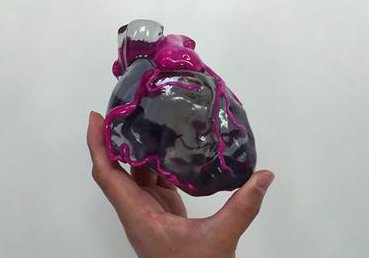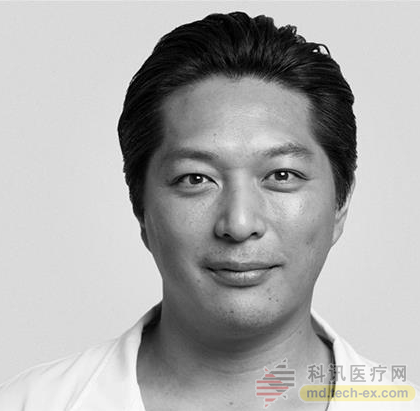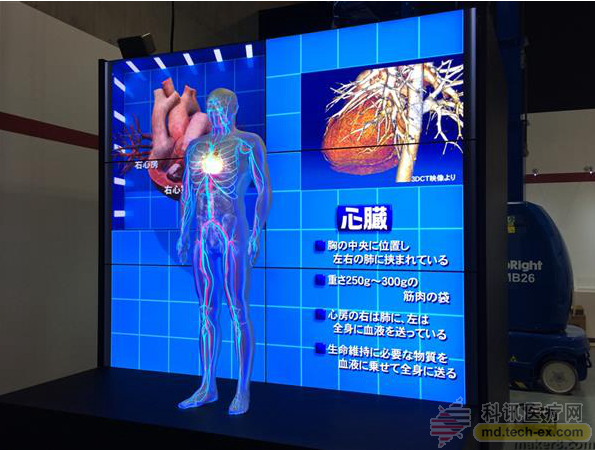Release date: 2016-11-14 The 3D printing organ model has been used in many hospitals, allowing surgeons to fully prepare for their surgery and increase the success rate of surgery. These models with real touch can also be used as teaching tools. Dr. Sugimoto has developed a "biological modeling" technology that can produce a model that is realistic in terms of touch, weight, and other physical properties through water-repellent plastics. Â Â Â Â This novel design comes from the research done by Sugimoto Maki on the x-ray 3D exhibition. He said: "We usually need X-rays in our usual treatment, but patients who don't have this knowledge always show an attitude of incomprehension or distrust. Sometimes I have to try by drawing. Let them know, but the patients are still not very understandable." Fortunately, Sugimoto has discovered an open application OsiriX that can see 3D x-ray data, so it is useful to install it next to the operating room. Sugimoto Maki projected the surgical image onto the patient's body, and they could see the location of the organ, blood vessel or other tissue to be operated before surgery. He said: "This technology is really wonderful. At first, many colleagues could not believe that this technology could be used in the operating room. They thought I was joking." Although this technology has been very successful, but this is just the beginning of Sugimoto Maki, he has invested OsiriX into his software development, wanting to create the possibility of VR and 3D printing, because he saw a huge educational prospect in it. . He said: "If you want to know about cancer, if you want to know where to take the knife, how to take it out, you have to know the shape and position of the tumor. In fact, before this, the surgeon must know the shape of the tumor in hand. What is the feeling, so the model is necessary. The surgeon's adaptation to the model is quite critical." He eventually developed a new organ reproduction technique called "biological modeling." In addition to the exact shape that can be achieved with existing technology, this technology also allows the model to feel the same as the real thing. Although the 3D printed products are all hard, Sugimoto has added a liquid material such as a water-retaining resin. As a result, the model feels exactly the same as a real tumor or organ. Sugimoto Maki explained that the added liquid material is the most important, and it needs to accurately calculate the ratio. He said: "Why does this material make the model so real? Because carbon is the foundation of all living things, and water is also. Liquids can make people feel fresh, just like if we are cut, they will bleed. This song model can replicate this feeling." In fact, Sugimoto Maki was the first patient to study this technique. He had injured his spine while skiing. He recalled: "The surgeon looked at the model and also observed where I was injured so that the operation is safer." This technology can be widely used, it not only gives the surgeon the opportunity to practice, but also increases their self-confidence. The interior of the model is also very detailed. Sugimoto Maki is now making its data open, which is supported by Apple and Autodesk. He said: "I want to make this technology popular all over the world and save more lives. While other doctors focus on patents, I want to reduce obstacles and make my results universal." Source: Tiangongshe This classic solid color version of a
men's long-sleeved woolen thermal hoodie is very slim. Made from 100%
cotton, this soft, snug bamboo jumper is very easy to wear. It is a
hooded style with straight sleeves and a hem. Its pocket is kangaroo
pocket, which is convenient for you to carry your personal belongings.
The whole dress is very simple, elegant and practical. It's your best
choice when you go out. 100% Cotton Coat,Cotton Coat,Mens Winter Coats,Mens Sport Coats Xinhui Jielide Garment Factory , https://www.ntgfwear.com

